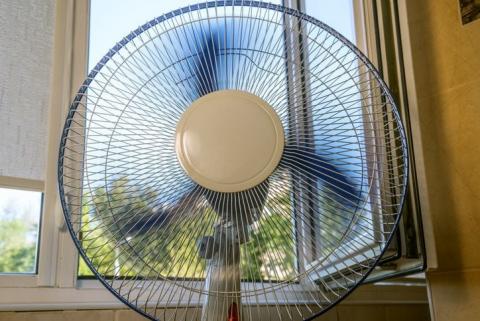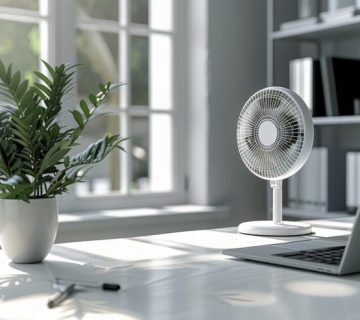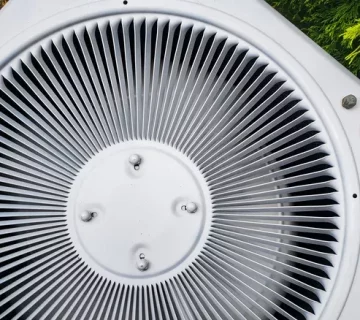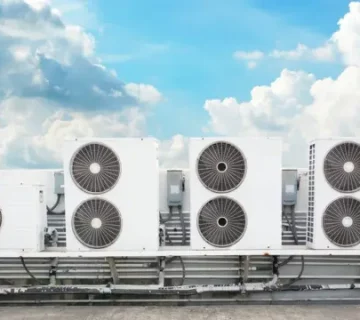Introduction
Maintaining good air quality is essential for the health and well-being of occupants in any indoor space. Ventilation fans play a crucial role in improving air quality by effectively circulating and filtering the air. In this article, we will discuss how ventilation fans contribute to enhancing air quality and the various ways they can be utilized to create a healthier indoor environment.
Importance of Air Quality
Indoor air quality (IAQ) refers to the quality of the air inside buildings, which can have a significant impact on the health, comfort, and productivity of occupants. Poor IAQ can lead to a range of health issues, including respiratory problems, allergies, and fatigue. Inadequate ventilation, accumulation of pollutants, and high humidity levels are common factors that contribute to poor air quality.
Circulation of Fresh Air
One of the primary functions of ventilation fans is to circulate fresh air throughout indoor spaces. Stagnant air can lead to the accumulation of pollutants, including carbon dioxide (CO2), volatile organic compounds (VOCs), and indoor allergens. By continuously exchanging stale air with fresh outdoor air, ventilation fans help dilute and remove these pollutants, improving the overall air quality.
Removal of Indoor Pollutants
Ventilation fans are equipped with filters that effectively capture and remove indoor pollutants, including dust, pet dander, pollen, and other allergens. These filters help reduce the concentration of airborne particles, providing relief to individuals with respiratory conditions or allergies. Regularly cleaning or replacing the filters is crucial to maintain the effectiveness of the ventilation fans.
Moisture Control
Excess moisture in indoor spaces can lead to the growth of mold, mildew, and other harmful microorganisms. Ventilation fans, especially those installed in bathrooms and kitchens, help control moisture levels by expelling humid air and introducing fresh air. This helps prevent the buildup of moisture and reduces the risk of mold growth, contributing to better air quality and a healthier environment.
Exhausting Harmful Gases
Certain indoor activities, such as cooking or the use of certain cleaning products, can release harmful gases and fumes, such as carbon monoxide (CO) or volatile chemicals. Ventilation fans with exhaust capabilities effectively remove these gases and fumes from the indoor space, preventing their accumulation and minimizing the potential health risks associated with their inhalation.
Energy Efficiency and Noise Reduction
Modern ventilation fans are designed to be energy-efficient, consuming less power while providing effective air circulation. Energy-efficient fans not only help reduce energy consumption and utility costs but also contribute to a more sustainable indoor environment. Additionally, many ventilation fans are designed to operate quietly, minimizing noise disruption in indoor spaces.
Proper Placement and Sizing
To ensure optimal air quality improvement, it is essential to consider the proper placement and sizing of ventilation fans. Fans should be strategically positioned to facilitate the flow of air throughout the space and target areas where pollutants are likely to accumulate. Sizing the ventilation fans correctly ensures that they can handle the air exchange requirements of the specific space, allowing for effective air circulation and filtration.
Regular Maintenance and Cleaning
Regular maintenance and cleaning of ventilation fans are crucial to ensure their optimal performance and longevity. This includes cleaning or replacing filters, checking and cleaning fan blades, and ensuring that the fan is free from obstructions. Regular maintenance not only improves the efficiency of the ventilation fan but also helps maintain a healthier indoor environment.
Conclusion
Improving air quality is vital for creating a healthy and comfortable indoor environment. Ventilation fans play a crucial role in enhancing air quality by circulating fresh air, removing indoor pollutants, controlling moisture, and exhausting harmful gases. Energy-efficient and properly maintained ventilation fans contribute to a healthier and more sustainable indoor environment. By investing in high-quality ventilation fans and following proper maintenance practices, individuals and organizations can significantly improve air quality and create a more pleasant and healthier space for occupants.








No comment